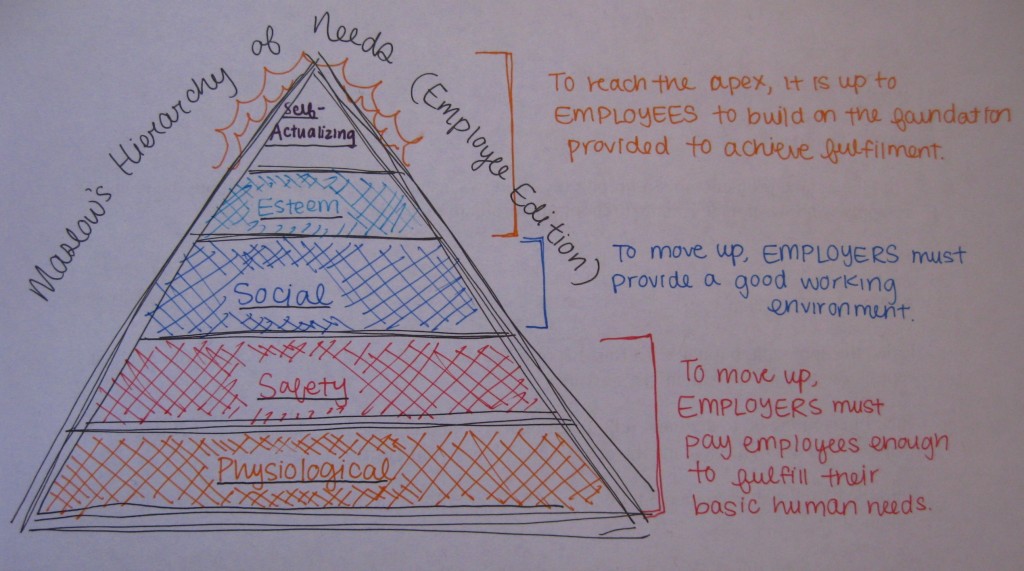In a recent class, we each calculated our carbon footprints using the go-beyond calculator (http://www.go-beyond.ca/carbon-footprint-calculator). A few years ago I calculated my eco-footprint with a similar calculator. But instead of giving me an arbitrary number, it showed me how many Earths mankind would need if everyone lived like I did. Receiving this concrete number meant something to me – I was able to grasp just how much damage I was doing to the planet.
I believe that businesses and companies should be required to calculate their eco-footprints annually, giving owners and operators an instrument to gauge the effect of their business’s green initiatives (or lack thereof). These are the reasons why I believe this information should then be publicized:
- Public information allows for competition between companies trying to gain favour in the sustainability department
- Provides incentives for companies to become more environmentally-friendly (or face consumer backlash or boycott)
- Allows companies to see their progress, year after year, and create goals for eco-footprint reduction
I believe that a great hurdle companies must overcome is finding the resources and time to dedicate to green innovation. In Comm 101, it was mentioned that consumers aren’t willing to pay more for environmentally-friendly products – we simply expect companies to fulfill that requirement. Because this is the case, it may seem like there is little monetary reward for companies protecting the planet. However, the implementation of a business eco-footprint initiative would shift incentive from cash to reputation, which in many ways, can be a greater motivator because it measures long-term consumer loyalty.



